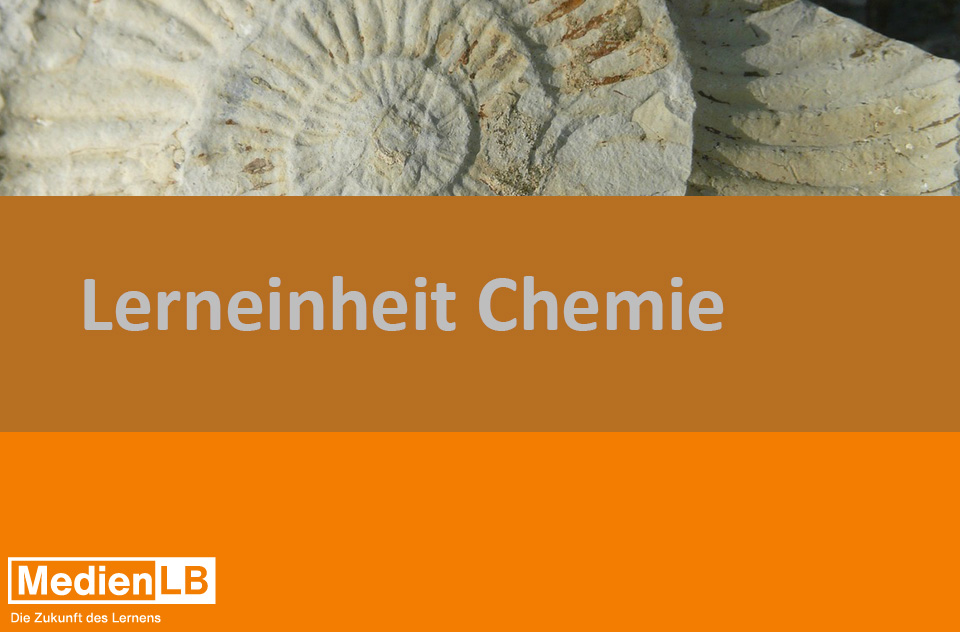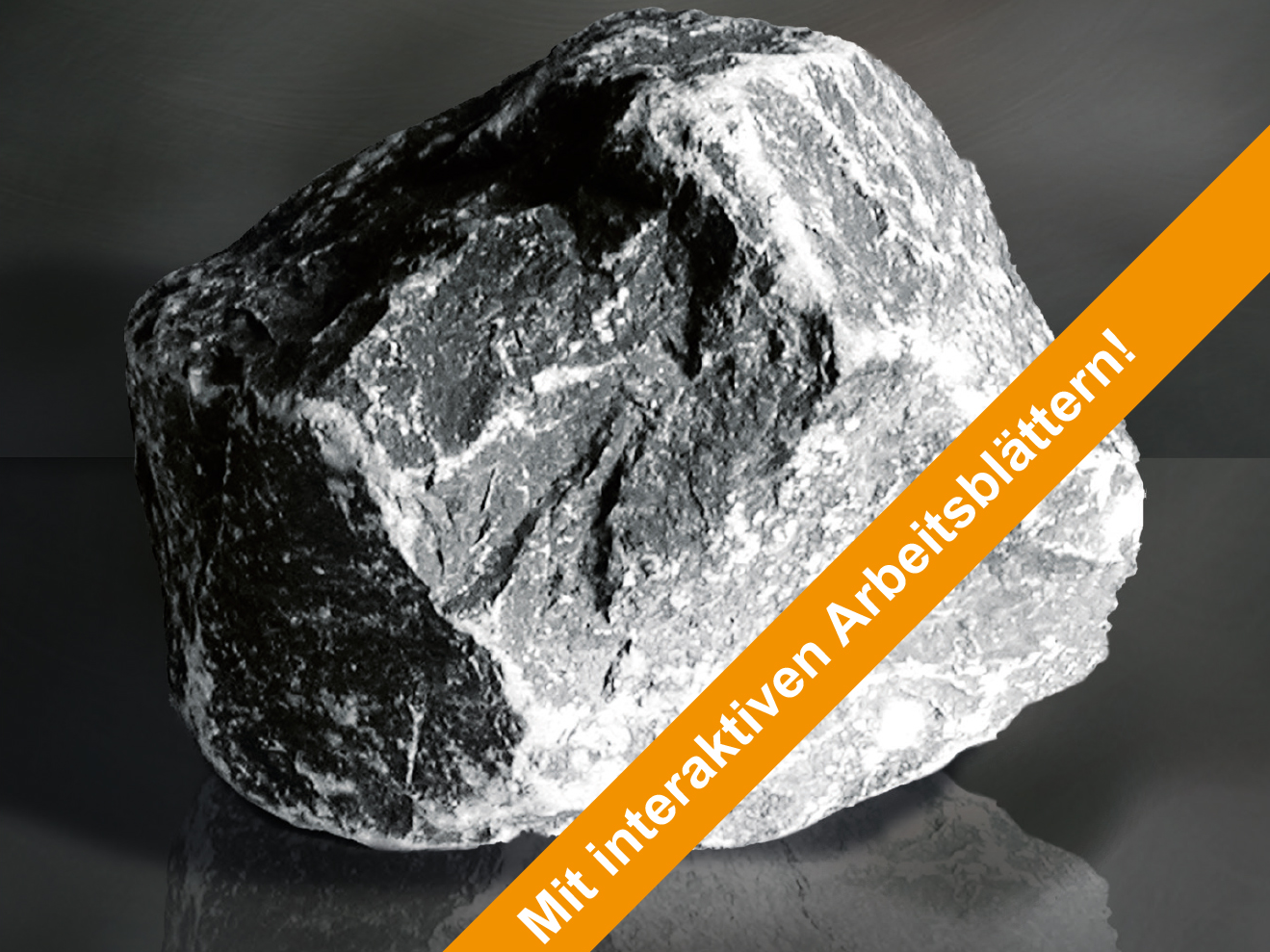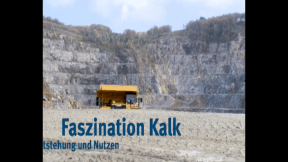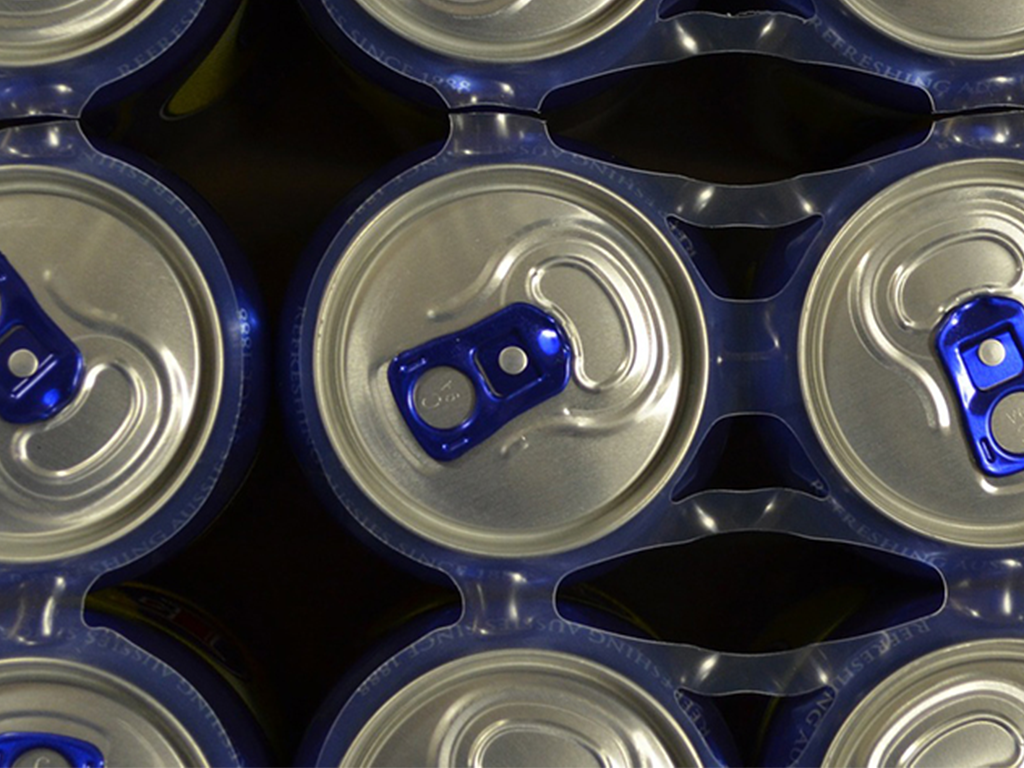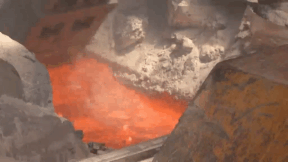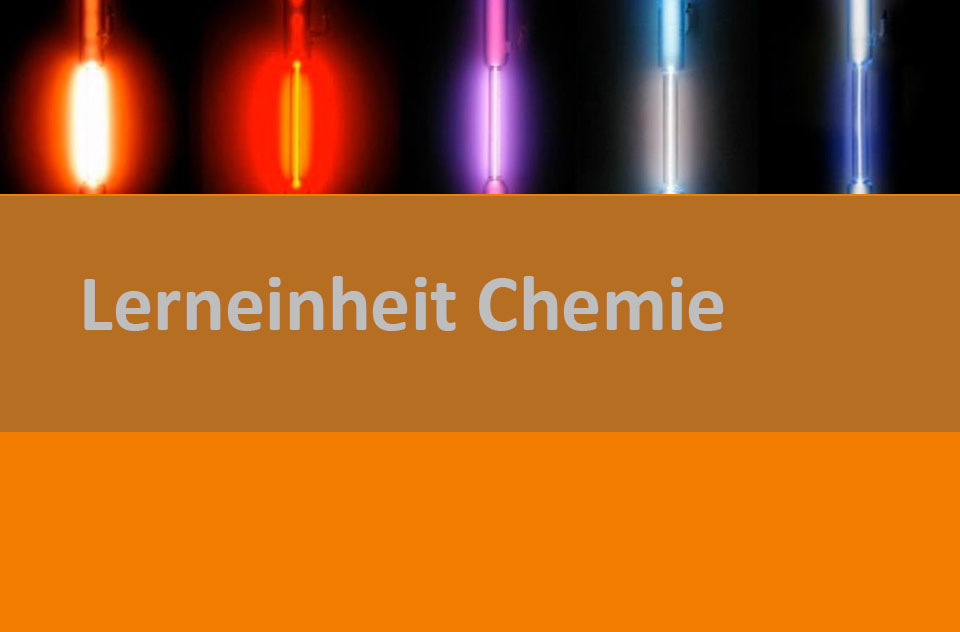
55502519
Edelgase
In 10 interaktiven Aufgaben und Videos wird Wissen zum Thema Edelgase vermittelt und anschließend abgefragt.
Das Medium bietet H5P-Aufgaben an, die ohne zusätzliche Software verwendbar sind.
Durch interaktive Aufgabentypen wird das audiovisuelle und interaktive Lernen einfach.
Lernen macht jetzt Spaß!
Included Tasks
- I Chemie der Edelgase - Lückentext
- II Wortgitter Edelgase - interaktive Aufgabe
- III Vorkommen und Gewinnung von Edelgasen - Video mit Aufgaben
- IV Edelgas:Anwendungen - interaktive Aufgabe
- V Atomkern; Elektronen; Schalen - interaktive Aufgabe
- VI Edelgase leuchten - interaktive Aufgabe
- VII Schalenmodelle zuordnen - interaktive Aufgabe
- VIII Edelgasregel - interaktive Aufgaben
- IX Elektronenverteilung - interaktive Aufgabe
- X Edelgase - Interaktive Aufgaben
Curriculum-centred and oriented towards educational standards
Matching
Lerneinheit Chemie 8 – Kalk
In unserem Arbeitsheft „Lerneinheit Chemie 8 – Kalk“ finden Sie 10 interaktive und didaktisch aufbereitete Aufgaben zum Thema Kalk.
Fascination Lime
Many products used in everyday life are impossible without lime. These are, among others, glass, sugar, paper as well as pharmaceutical and cosmetic products. The raw material is also indispensable in the construction materials industry. Iron and steel producers need limestone, in environmental protection it is used, for example, for air cleaning and drinking water purification.
Aluminium II
The metal aluminium is growing in importance because of its specific properties and manifold application possibilities. This DVD deals with the industrial production of aluminium as a raw material, its processing and the manufacturing of alloys for the finished product. Starting with the raw material aluminium oxide the functioning of an electrolytic cell is demonstrated and explained. Alumina, white and powdery, is melted with great expenditure of energy, and by means of electrolysis converted into aluminium with a degree of purity of 99.9%. As aluminium oxide would not melt before a temperature of over 2,000°C is reached, the mineral cryolite is used as a solvent. The various alloys change the properties of aluminium and are produced according to precise formulations. The alloy is cast into blocks and bars that serve as primary material for processing plants. The responsible handling of resources underscores the importance of recycling. Aluminium is resilient and versatile.




